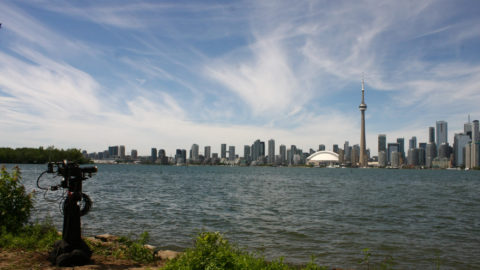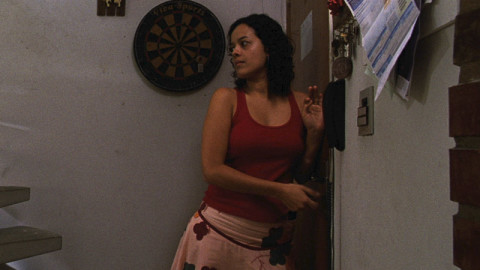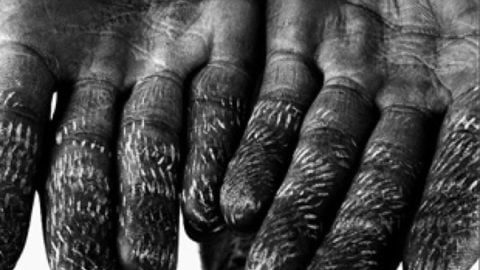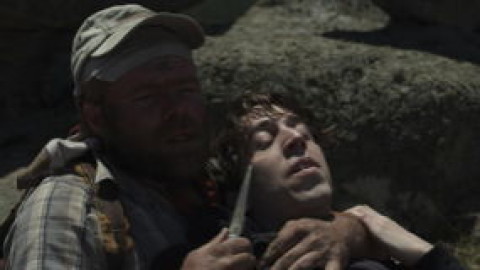Interview: Dominga Sotomayor
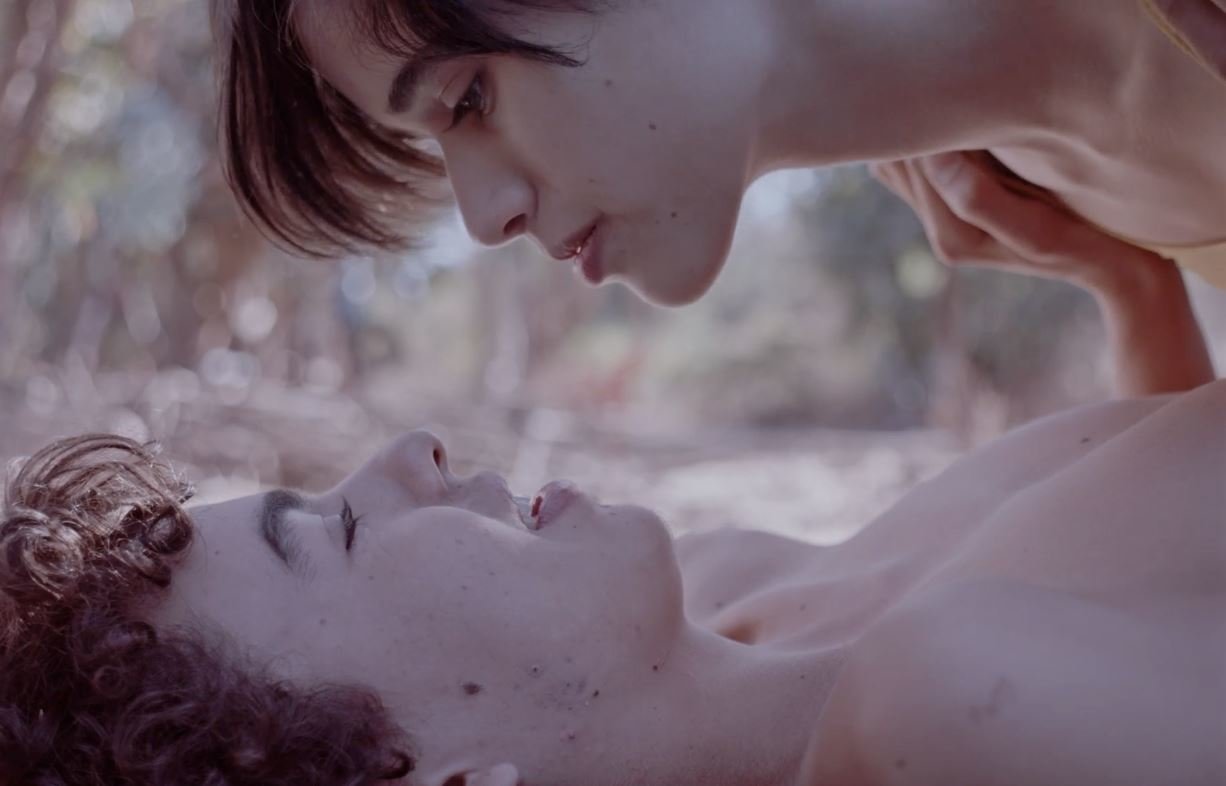
Six years ago, Dominga Sotomayor’s Thursday Till Sunday won the Tiger Award at Rotterdam, and the 33-year-old Chilean filmmaker followed that success by becoming the first female director to receive the Leopard for Best Direction at Locarno with her second feature film. Too Late to Die Young—which has its U.S. premiere at the New York Film Festival—is at once a coming-of-age story, an ensemble film, and a historical piece, yet it defies concrete definition. Set at the beginning of the 1990s at the end of Pinochet’s dictatorship, its story of a commune on the outskirts of Santiago is imbued with a deep, timeless atmosphere. Too Late to Die Young portrays the precise moment of disquietude stemming from the collision of innocence, illusion, and reality that dominates the adolescence of Sofía (Demian Hernández), Lucas (Antar Machado), and Carla (Magdalena Totoro), who face their first loves and their fears on the eve of a New Year’s party.
Sotomayor’s latest work follows the short films La isla and Los barcos—part of the anthology film Here in Lisbon—and the medium-length Mar, which premiered in the Forum at the Berlinale. I spoke with Sotomayor in Locarno after the world premiere of Too Late to Die Young, which has its North American premiere on September 12 at the Toronto Film Festival and screens September 29 and 30 in the New York Film Festival.
Since your first feature, Thursday Till Sunday, you’ve been interested in the family environment. Does Too Late to Die Young come out of your childhood experience?
Some of my material comes from my daily life. I use it to start writing. That was the starting point of my previous films, Thursday Till Sunday and The Island. With Too Late to Die Young, I used to live in a commune very similar to what you see in the film. I lived there from the age of 4 until I was 20. I returned there when I was 25 to live on my own, alone in a house without my parents. Being in complete solitude, I started to think about my past life there, and from that moment on I became very interested in it. In the meantime, I had lived in Santiago, then in Europe, and going back to this place after so many years made me realize that my next movie had to be about that.
Do you consider this an autobiographical work?
Of course, we can talk about the autobiographical aspects of the film, but for me there is something more than that. The film does come from this space that is completely familiar to me, but when I started to shoot the film, this place, in a tangible way, no longer existed. So I put all my effort into building this place, reconstructing it, making something tangible from my diffuse memories. As a result, an atmosphere of a “no-place” was created. This method of starting from zero generated something completely unrealistic. It became an emotional document—not a documentation—about a space and a time that are no longer there. One of the goals I wanted to achieve with this film was to re-create a time that no longer is.
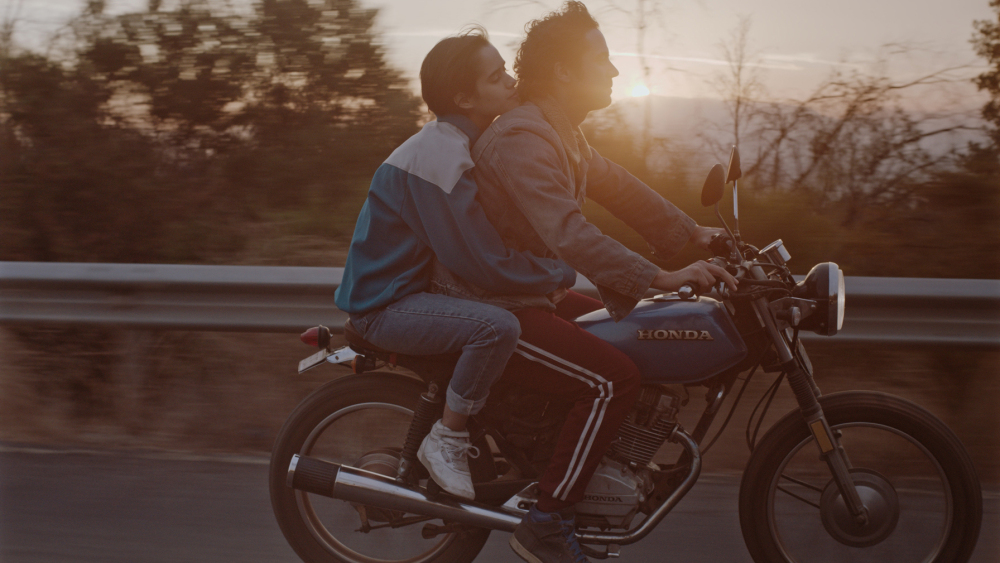
There’s this sense that the film is constantly trying to manifest certain emotions and ideas on the screen rather than focusing on a narrative or a storyline.
When I started with this project, I had two ideas in my mind: one was to work with the feeling of falling in love, with this obsession we all have with falling in love when we’re young (or maybe not that young), and the second idea was that of the fear of death. It’s because I felt it was kind of the same thing. The fear of falling in love was just the same as the fear of dying. And it was from these ideas that the spirit of the characters was built: their enduring illusions, their understanding that at any moment something might be lost.
When I started working on this film, my friends kept asking me what my new movie was about. So I found myself thinking, “I don’t really know how to express it accurately.” Of course, I knew what I was looking for, what I wanted to do. But I wasn’t able to put it into words. And in that moment I knew there was something special about this. Because if I could not answer this question, it was because there was a movie. If you can summarize your film in just a few words, then you have no need to make that movie.
There are so many layers in the film that create an aesthetics of a dreamlike limbo, the feeling of “no-place” you mentioned.
Yes, absolutely. I always start from the image itself. I have the feeling that sometimes images just invade me—it’s always something really spontaneous. These scenes came to me. I work very closely with Estefania Larraín, the art director, and she helps me to make these images possible. We work very hard to generate something that is not real but may look like it is. First, there are always the ideas, the images, the colors—we conceive this more like a painting than a film scene. I find it very interesting to work in the construction of this unreal world. And with this film we worked with some self-inflicted limitations in order to create this “new” commune in a space geographically very close to where the old one was.
How did you manage to work with your actors so that they could interpret this way of living in a commune? They all seem to be very comfortable in their characters and in the space.
I don’t work with traditional casting. I prefer to do some research among friends or to talk to people who I already know who also want to make movies. My mother is an actress and she has worked with me in all my previous films. Our way of working was to be really close, almost to live with, people from another commune. We wanted to work with people from that place because they could really help us recapture the essence of that commune. It is something that has to do with blood, you know? One of the protagonists, Lucas, has lived all his life in this commune, you can feel it. He’s a typical kid from these places, in a spiritual way.
Demien, for example, is another completely different story. His name was Mariana at the time I met him and he was a friend of my brother’s girlfriend. My mother told me that we should meet him, so we invited her to talk with us. He was not what I had in mind while writing the script but the first time we met, I immediately knew he was going to be the main character because he could give the film a kind of complexity that cannot be fabricated. Because it’s a movie that plays a lot with that—with the complexities of the places, interior and exterior; with the ambiguity of the characters, their roles, their masculine-feminine in-betweenness; and also with the uncertainty of time. And Demien gave me all of that because he doesn’t represent a gender, he just represents the idea of youth. There’s always something that is not what I have in mind for my films but which in the end is what allows unexpected things to appear.
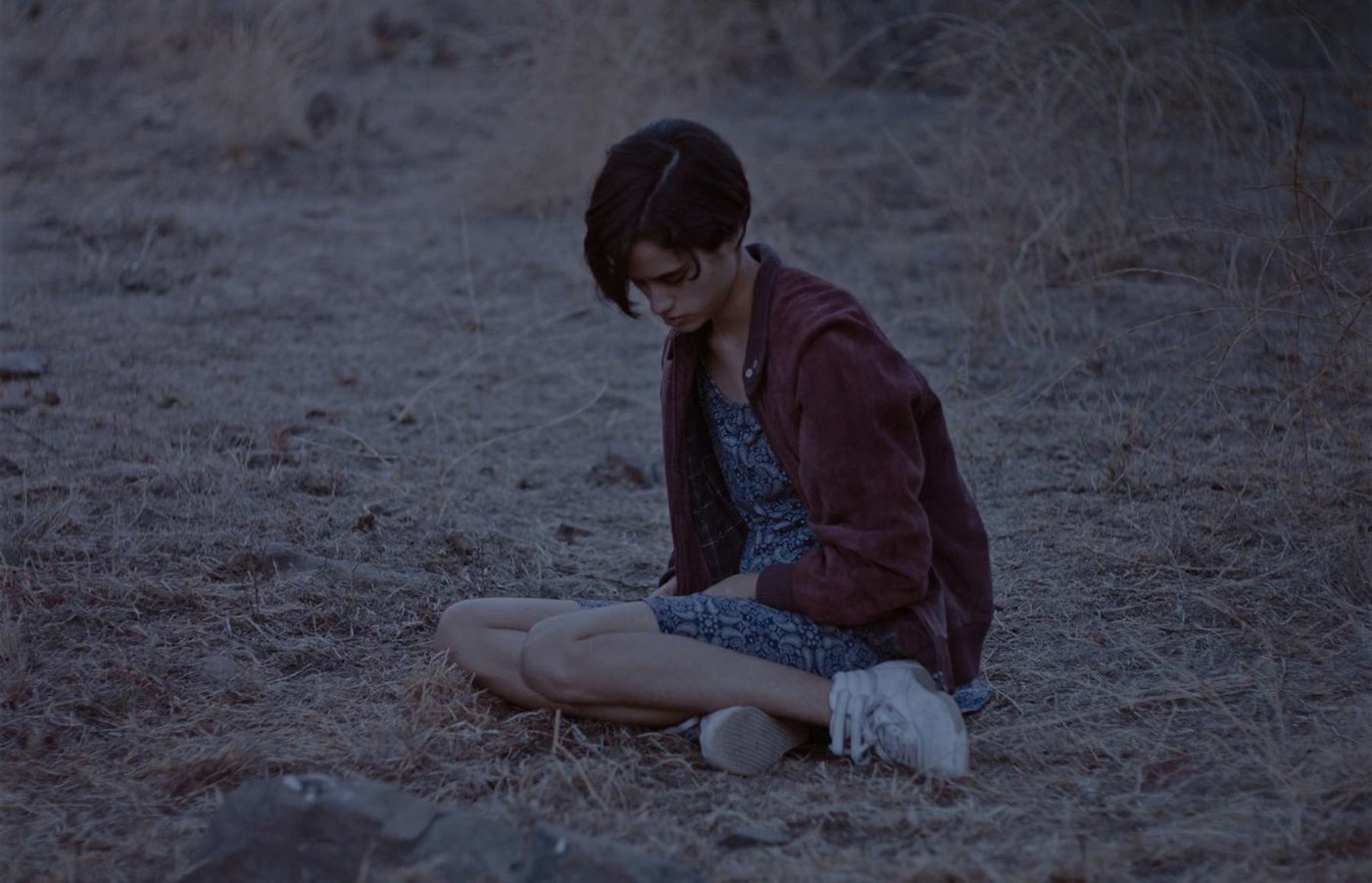
And this unexpected quality is a tool that gives you a lot of freedom, both narratively and conceptually, which permeates this film.
This film is about freedom and I wanted to be free while working on it. I wanted to work in the opposite way of my previous films. I wanted to go to the set every day just with one sheet of notes, just some ideas, not with a script. To work by looking at real life and not with a text in my mind. I always wanted to be open to the unpredictable—it bothers me a lot to repeat myself. There are things that always arise that I cannot control and only appear. The goal of the film was to work on dispersion, to search for new forms. A bit like when a child looks at the world, without clear concepts, without definitions. Something pure.
Yes, you get the feeling that the film is happening in an undefined place in a time without defined characters.
This mainly happens because I usually have a hard time defining myself. I cannot do it. This has determined my way of working and the final result of my films. And in some way, that’s what this film is all about. It allowed me to achieve this film in which you cannot follow the trail of what happens on the screen.
It’s also a drifting ensemble film. Many characters come and go fast without the film delving too much into their personal backgrounds or specific situations. Yet you manage to define every single one of them with very simple gestures. You make us believe you have known them all your life.
It used to be a much more choral construction than what you can actually see in the finished film. I think you could feel this sensation because a lot of things were shot that didn’t make the final cut, many elements about the characters and the places which added layers. In an ensemble movie you lose a lot of time shifting between characters, and it is very easy for emotions to get diluted. I was more interested in doing something more dispersed. If Thursday Till Sunday was too concentrated, this film was completely the opposite. The movie also changed a lot during the editing process. Originally, the time was better distributed between each character, and after the editing, everything became clearer and some characters gained more strength than others.
But you also work with concepts that are under the surface but strongly present at the same time—political ideas mainly. Conflicts arise from the contrasts that collide on screen.
Yes, of course. I like contrasts. My life is full of contrasts. And I always want to do something political without ever talking about it. In Chile we used to have an illusion of democracy, and now we are a generation full of disappointments. During the conception of the film I was always looking to achieve something timeless, to work on an indefinite time and an indefinite territory. I was motivated by the inner suffering of these characters as individuals, but also as a part of an entire society that is also suffering as a consequence of certain illusions that come up against real life, and all the frustration and disappointment that accompanies this. Watching the film now that it’s finished, it seems closer to our current time than to the past. What’s the point of talking about the past if you’re not thinking about the present?
Pedro E. Segura Bernal is a freelance film critic and programmer based at Mexico City. He co-founded and runs La Ola Cine, a distribution company focused on art-house independent cinema.



